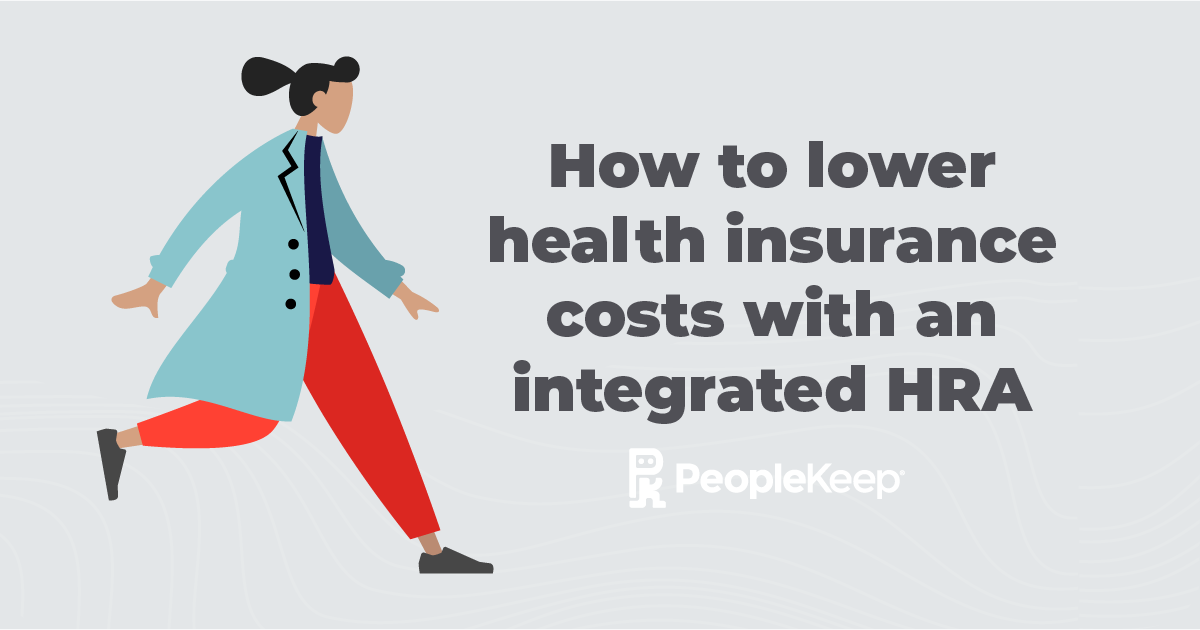Guide to integrated health reimbursement arrangements
Enhance your existing group health insurance by reimbursing employees tax-free for out-of-pocket medical expenses. A group coverage HRA (GCHRA) gives you more control over costs while improving coverage for your team.
Talk to an expert to see if a GCHRA is right for your organization.

Upgrade your group health plan to build a better employee benefit
Many employers offering a traditional group health insurance plan face annual rate hikes and high premium costs. To offset those rising costs, employers often move to a higher deductible health plan—but that leaves employees with more out-of-pocket costs to cover before their insurance kicks in.
In these cases, offering an integrated health reimbursement arrangement alongside an HDHP can help bridge the gap between offering a high quality health benefit and minimizing both premium and out-of-pocket costs.
For employers with a lower deductible plan, an integrated health reimbursement arrangement can amplify your health benefit, especially to help cover the expenses that are not fully paid for by your group plan, such as mental health services, family planning costs, and more.
By supplementing your employee benefit package with an integrated HRA, you’ll be able to give your employees more control over their health benefit and stand out against the competition to better recruit and retain employees in today’s labor market.
What is an integrated health reimbursement arrangement?
An integrated HRA, also known as a group coverage HRA (GCHRA) or traditional HRA, is a type of health reimbursement arrangement—often confused as a health reimbursement account—that’s specifically designed to work alongside a group health insurance plan, such as an HDHP.
Rather than a pre-funded account, an integrated HRA is a tax-free reimbursement method for employers to cover the eligible healthcare expenses that aren’t fully paid for by the group plan, such as a deductible expense, coinsurance, and copayments.
While many integrated HRAs offered through health insurance companies are carrier-specific, other benefit administration companies, including PeopleKeep, offer a group coverage HRA that can be integrated with any group health plan—not one tied to a specific insurance carrier.
Watch a demo of our group coverage HRA (GCHRA) software.
What are the benefits of an integrated HRA?
Empowers employees
With an integrated HRA, employees are free to choose how, when, and where they spend their HRA dollars, empowering them to make their own healthcare decisions. Each employee can use the benefit differently to purchase the eligible medical expenses that make sense for their personal health, budget, and family situation.
Better recruit and retain top talent
Group health insurance is one of the most popular ways for employers to offer health benefits to their employees. By supplementing your group health plan with an integrated HRA, your health benefit will be more attractive than the health benefit other companies are offering.
Tax advantages
With an integrated HRA, reimbursements are free of payroll taxes for employers and free of income taxes for employees. That means HRA funds don’t need to be reported as income on employees’ taxes at the end of the year.
Control spending
Unlike a pre-funded health savings account (HSA), an integrated HRA only requires employers to pay employees when they incur an eligible expense. That means you always know how your benefit dollars are being spent—and any unspent allowance reverts to the company.
How does an integrated HRA work?
Because the HRA is often confused as a health reimbursement account, many employers think they have to pre-fund an account in order to make their employer contributions, but this isn’t the case. An HRA is a health reimbursement arrangement, where employers arrange or commit to reimburse employees for eligible healthcare expenses.
If you’re new to offering an HRA, we can help. At PeopleKeep, we’re experts on HRA administration and help thousands of employers reimburse their employees every day.
Here’s a four-step breakdown of the process:
Step 1: Design your benefit
First, employers design their integrated HRA so it’s uniquely suited to the needs of their employees. When setting up your benefit, you’ll decide how much tax-free money you want to offer to employees each month, which expenses you’d like to be eligible for reimbursement, and whether you’d like to offer different benefits to employees in different groups.
Step 2: Employees make healthcare purchases
Once your benefit is set up, employees are ready to spend their allowance. Employees can use their HRA dollars to help cover expenses subject to their deductible. Eligible expenses can include everything listed under IRS Publication 502, although you can limit some of these items according to your preference.
For example, to further control costs, employers can choose to require an explanation of benefits (EOB) in order for expenses to be verifiable as eligible. If an EOB is required, employers shift the definition of eligibility from Internal Revenue Service regulations to that of the specific insurance company providing the group plan. In other words, the insurance company determines what are eligible expenses and what are not.
Step 3: Employees submit proof of incurred expenses
Next, after employees have made their purchases, they’ll submit documentation showing proof of the incurred expenses they’re submitting for reimbursement.
This documentation must include:
- The name of the item or service
- The cost of the item or service
- The name of the vendor
- The date of purchase
An invoice or receipt typically satisfies this requirement. Depending on the item that’s being requested for reimbursement, a doctor’s note or prescription may also be necessary. Keep in mind that this information is subject to HIPAA’s privacy rules and must be handled carefully if you are self-administering an HRA.
Step 4: Review and reimburse expenses
Finally, employers will review the expense and either approve or reject the request. If you’re offering a group coverage HRA with PeopleKeep, our experts will review your employees’ submissions for you so you can be sure it qualifies. If it’s a qualified expense, you will reimburse your employee up to their accrued allowance.
Typically, employers choose to reimburse employees through payroll by adding a non-taxable line item to employees’ paychecks, although you can also pay out HRA funds through a separate check, cash, bank transfer, or a direct deposit.
Who can offer an integrated HRA?
All organizations offering a group health insurance plan can offer an integrated HRA. In addition, employees must be enrolled in the group health plan in order to participate in the HRA plan.
If you have employees who aren’t offered your group health plan that you’d like to offer additional health benefits to, consider an individual coverage HRA (ICHRA).
Frequently asked questions
Unlike a health savings account (HSA), an HRA doesn’t require employers to add funds to an account. Employers offering an HRA with PeopleKeep only need to add a line item to employees’ paychecks when reimbursing them for expenses. Any unused funds at the end of the plan year stay with the employer.
An HRA is an arrangement between an employer and an employee allowing employees to get reimbursed for their medical expenses, while an HSA is a portable account that the employee owns and keeps with them even after they leave the organization. With an HRA, the employee only gets paid when they incur an eligible expense, while an HSA is pre-funded each month regardless of whether or not they spend the money.
Under the rules set forth by the Internal Revenue Service, employers can legally allow for HRA dollars to roll over from month-to-month and year-to-year. However, if you’re offering an HRA with PeopleKeep, only month-to-month rollover is permitted.
There are no maximum or minimum employer contribution limits for the integrated HRA, so employers are free to offer as much or as little as they choose. HRAs are fully employer-funded benefits, so employees cannot make an HRA contribution.
Employees can use their HRA dollars to help cover any of the qualifying expenses outlined in IRS Publication 502. However, employers can limit these items if they choose, such as by requiring an explanation of benefits (EOB) in order for expenses to be considered eligible.
The integrated HRA won’t allow employees to be reimbursed for group premiums, because there’s no way to prevent “double-dipping.” This is where employees get a tax break twice on the same premium payment by using tax-free dollars to pay for a pre-tax deduction, which isn’t allowed under IRS rules.
Depending on how they file, some business owners can participate in an HRA.
C-corporation owners: C-corporations are legal entities separate from the owner. This means owners are considered common-law employees of the corporation and are eligible to participate in this benefit. As with all employees, this eligibility extends to the C-corp owner’s family as well. All reimbursements paid to the C-corp owner and the owner’s family are tax-free to the company and the owner.
Sole proprietors: A sole proprietorship is an unincorporated business owned and run by one person. There’s no distinction between the business and owner, so the owner isn't an employee. This means sole proprietors can’t participate.
But, if the owner is married to a W-2 employee of the business, the owner could gain access through their spouse’s allowance as a dependent. All reimbursements would be tax-free to both the sole proprietorship and the owner’s spouse.
Partners: A partnership is a pass-through entity, which means the company isn't subject to income tax. Instead, the partners are directly taxed individually. Partners in a partnership are considered self-employed, rather than employees of the company, so they’re not eligible to participate in a reimbursement benefit.
Similar to sole proprietors, partners can access the benefit if they are married to a W-2 employee of the business, as long as the partner’s spouse isn’t also a business partner.
S-corporation owners: An S-corporation is a pass-through entity, meaning the company isn’t subject to income tax. Instead, shareholders (i.e., owners who own 2 percent or more of the company’s shares) are directly taxed individually. This means shareholders aren’t considered employees and aren’t eligible to participate in a reimbursement benefit.

What makes a group coverage HRA with PeopleKeep different?
Additional GCHRA articles

What are the group coverage HRA employee classes?
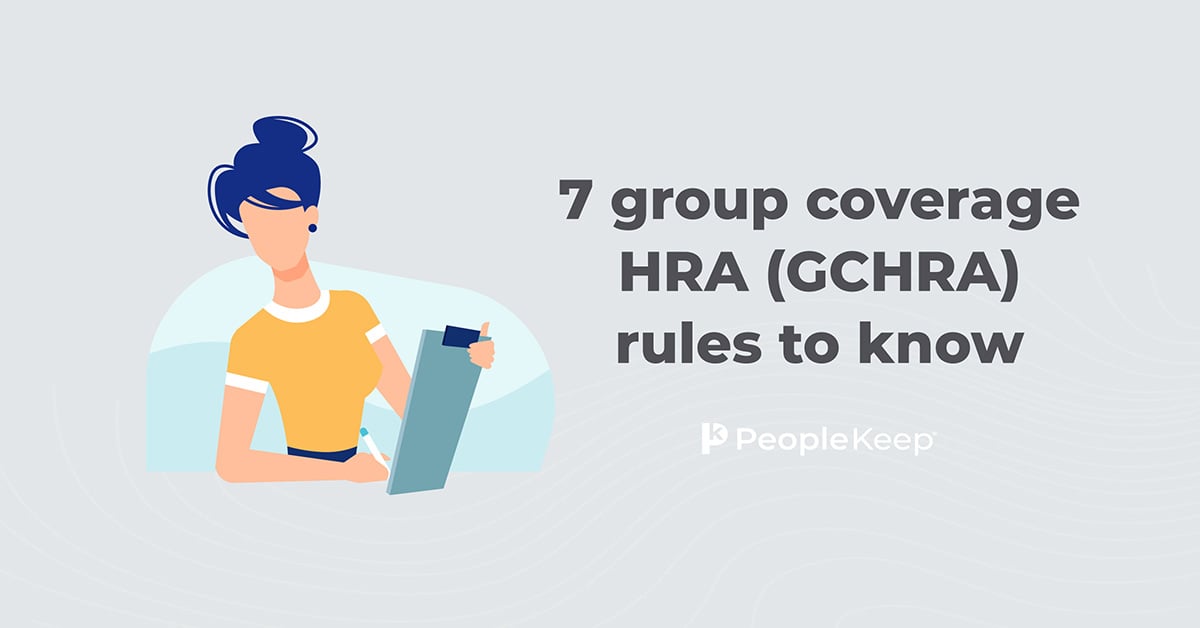
7 group coverage HRA rules to know
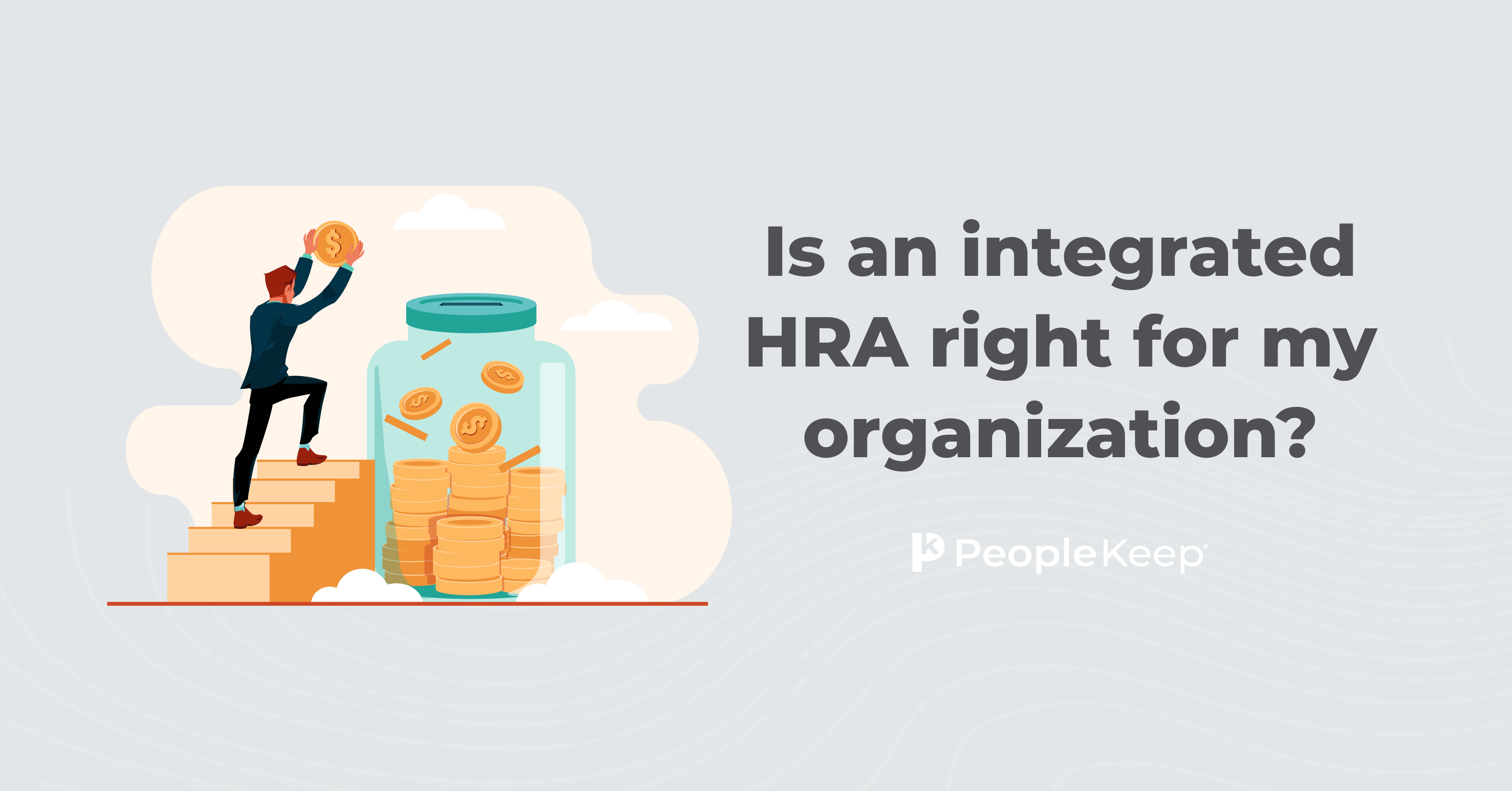
Is an integrated HRA right for my organization?
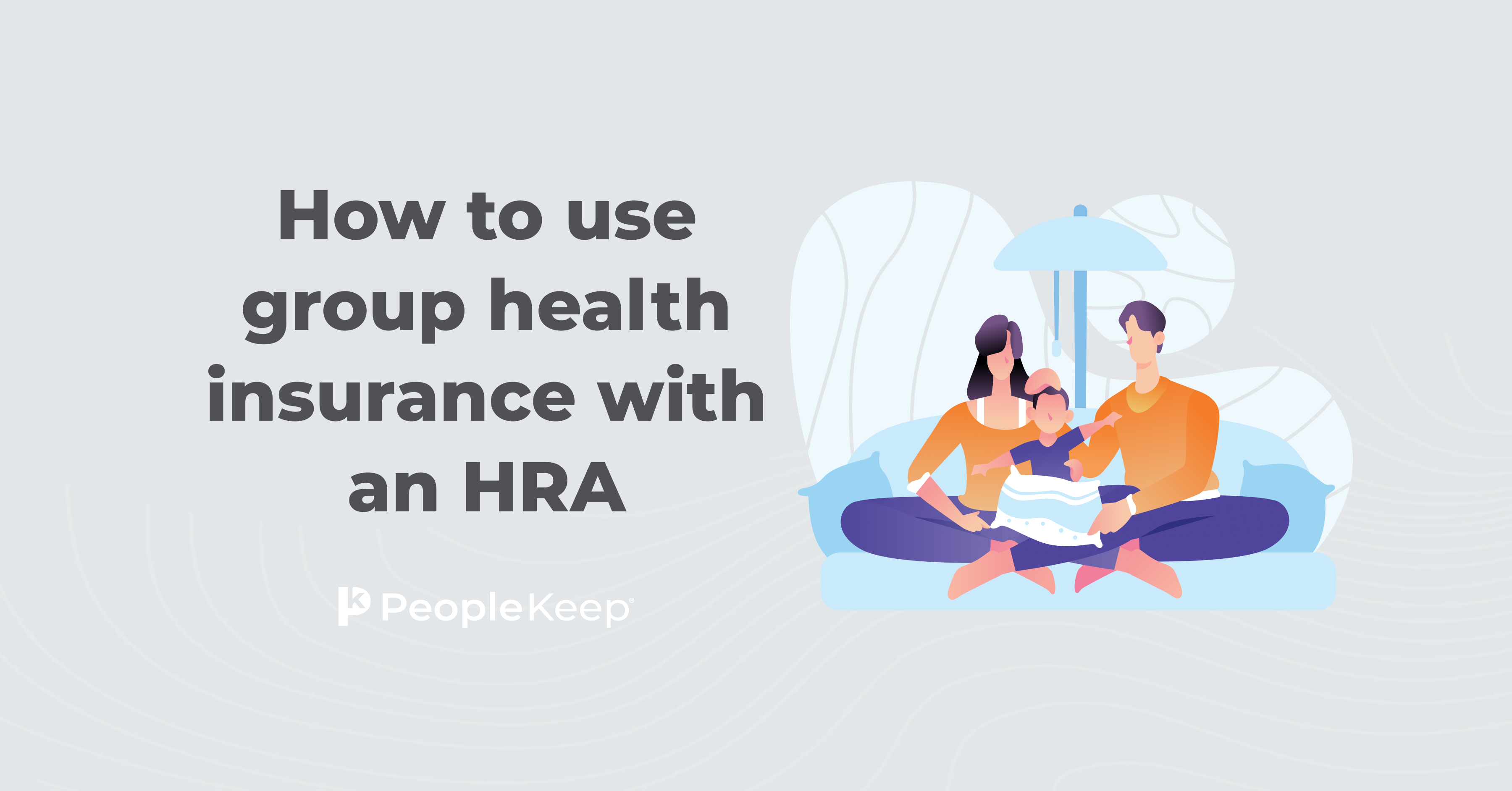
How to use group health insurance with an HRA
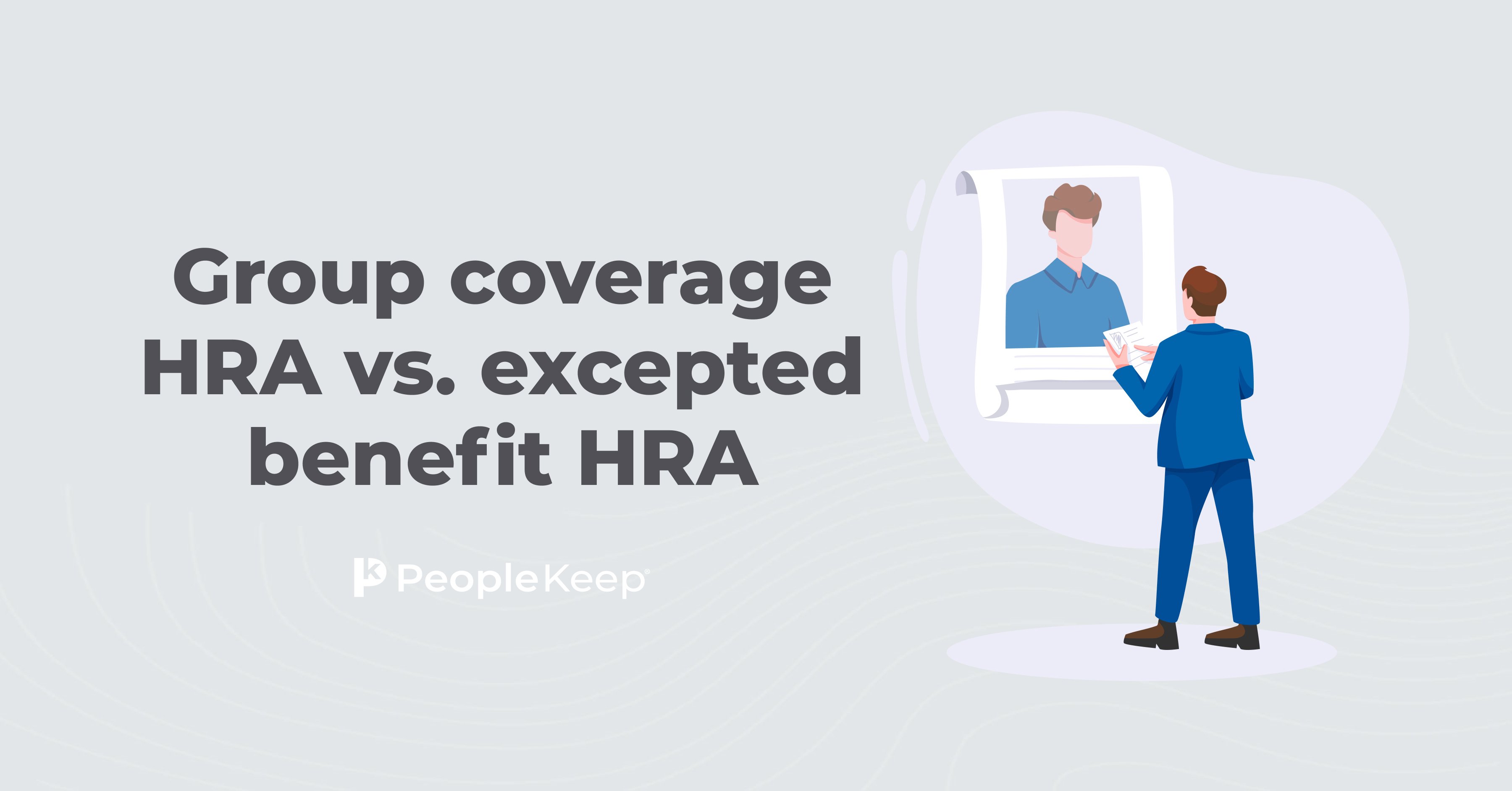
Group coverage HRA vs. excepted benefit HRA
